High Quality Dried Willow Bark and Leaves for Sale
ACPFOOD is where you can buy dried Salix bark and leaves. We sell different types of bulk dried Willow with the best quality to wholesalers, retailers and manufacturers. We purchase high quality Willow directly from farmers and you can buy it from us with the best price.
Salix bark and leaves wholesaler, supplier, provider and exporter
To order Willow bark, please contact us.
About Salix
The Salix tree has many species. But its two types are more famous: Brittle Willow (Salix fragilis L.) and Musk Willow (Salix aegyptiaca L.).
Willows are plants in the form of trees or shrubs, with narrow oval leaves and sharp tips. In a number of these trees, the length of the leaves is short, and in some long leaves, they are even up to 16 cm long and 1 to 2 cm wide. Every year the leaves fall and turn green again in the spring. Their flowers, which usually appear in early spring, appear in the form of male and female ovoid or long stalks on one or two legs, upside down and next to the flowering branch.
Their fruit is in the form of a capsule, which blossoms with two valves in the last months of summer, and the numerous seeds that are inside each fruit and each one is equipped with a crown covered with silk warp and fluff, are thrown out and easily spread around by the wind.
The wood of most species of these tree is white and slightly soft.
The best type of Salix grows near water.
Most of them are used for basket weaving, but some of them are more suitable for this purpose than others, which are called basket weaving willows or Saules osiers, and some are not very suitable for this usage because their branches are brittle and fragile and they are used only in cases where there are no suitable types of Salix in the area.
Salix Alba Chemical Constituents
Salicin, daphne flavonoloside, populoside, salipurposide, salicinase, vitamin C.
White Willow Temperament
The flower of this tree is cold in the second degree and the first degree of moist. The leaves of this tree have a cold and dry temperament. The fruit is in the first degree of cold and moist. Its flower oil has a cold and moist temperament.
Willow Health Benefits
Brittle Willow is heart and brain tonic, stomach tonic and liver stagnation reliever.
Its extract removes phlegm, yellow bile and black bile from the body, and is diuretic.
Brittle Willow leaves cure headache, ophthalmia, jaundice, palpitation, thirst, fever and hot diseases. Its fresh leaves poultice and drinking its juice is beneficial for dysentery.
Sleeping on a rug made of Brittle Willow leaves is very helpful in treating jaundice and heat of the liver and heart. Its leaf extract is useful for epilepsy, fever and chills, jaundice, stiffness of the spleen, hysteria, joint pain, gout, scorpion sting and elimination of poisonous herbs effects.
Drops of its leaf extract are very helpful in clearing ear pus.
The poultice of the fruit heals the damage caused to the eye socket and bleeding.
In China, the decoction of young branches or leaves of Babylon Weeping Willow (Salix babylonica L.), which is widely planted in China, is used as a solution for washing abscesses, wounds and cases of skin problems. The decoction of young stems and roots of Babylon Weeping Willow is used in the bathroom to wash the body in cases of inflammation of the skin caused by parasites and fungi.
Babylon Weeping Willow resin, as well as its seed’s cotton fluff and threads are poulticed on bad wounds. It’s very beneficial.
The ash of Babylon Weeping Willow’s root mixed with Rapeseed oil (Brassica napus) is applied as an ointment and oil to the pimples around the mouth. In addition, this kind of Salix is an insecticide and fungicide.
From Brittle Willow, a sweet substance is obtained which is a type of Manna and is called “Willow Manna”, which has relatively similar properties to “Purgative Manna”.
The decoction of its bark, which is usually consumed, is prepared in the amount of 50 grams of bark per thousand grams of water, and one cup is eaten before each meal. Medicinally, the active substance of Salix is “salicin”, which is especially present in its bark. Salicin is a crystallized, colorless Glucosidic crude formula of C13H18O7, which is soluble in boiling water, and because its external form is similar to quinine sulfate, it has long been thought that it is effective in eliminating Malaria fever. Of course, it has a little effect in reducing mild Malaria fevers, but it is ineffective when it becomes severe. This substance is odorless and very bitter.
Salicin glucoside is effective in controlling acute articular rheumatism if 2 grams are taken every 3 to 4 hours.
Willow Dosage
To reduce pain, fever and inflammation, soak a tablespoon of its dry bark powder in a bushel (200 grams) of cold water for 8 hours and after straining, drink 3 pints every day. Because this mixture is bitter and astringent, it can be mixed with a little honey or other sweet fruit juice.
This herb should not be given to children under two years old, pregnant women, breastfeeding mothers, people younger than 16 years old who are suffering from colds, flu and chicken pox, people who are suffering from digestive tract ulcers and flatulence.
It is also harmful for the pelvis.
Side Effects of Salix
Aspirin may cause stomach and digestion disorders in some people, but most herbalists believe that its bark rarely has these side effects. If side effects such as stomach upset, confusion and ringing in the ears occur while eating its bark, immediately reduce the amount of consumption or stop eating it completely, the side effects will stop immediately.
If children under the age of 16 who have a cold, flu, or chicken pox take aspirin, they are at risk of developing Reye’s Syndrome, which includes potential risks to the brain, liver, and kidneys.
It has not been seen that people face the risks of Reye’s Syndrome when using Salix bark, but in any case, because its bark also contains chemical compounds like those in aspirin, caution requires. It should not be given to under 16 children who are suffering from colds, flu and chicken pox.
Willow Modifiers
Rose water and sugar.

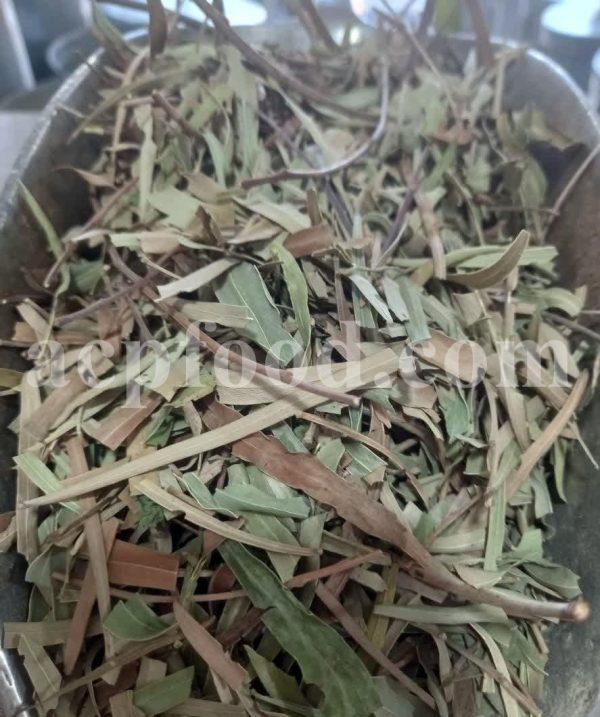
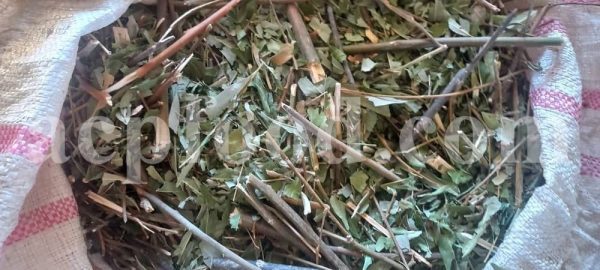
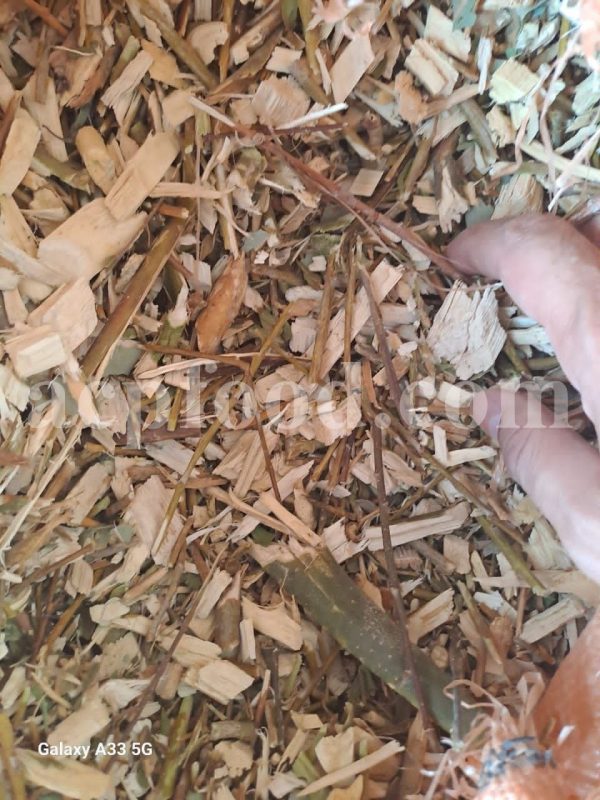
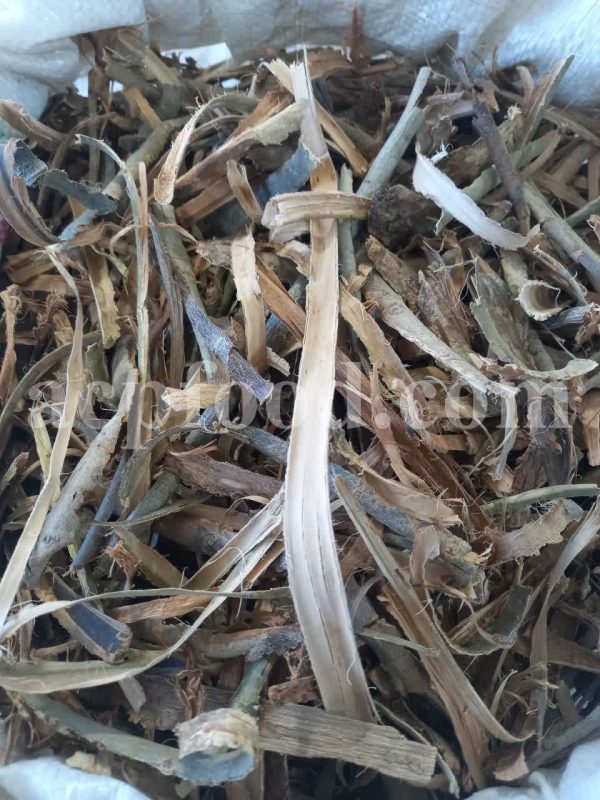
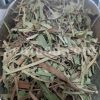



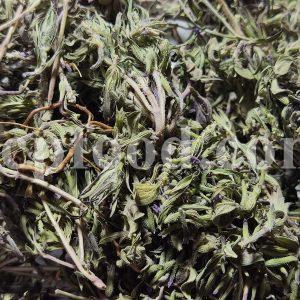
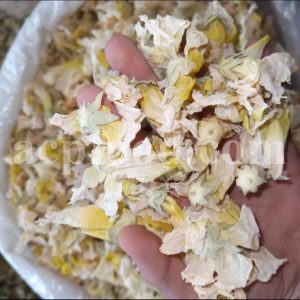



Reviews
There are no reviews yet.